PRODUCTS
CONTACT US
Ningbo Nide International Co., Ltd.
一一
· Contact person:Jack Zeng
· Mob/Whatspp/WeChat:0086-13738869026
· Email:emarketing@nide-group.com;marketing4@nide-group.com
· Add:No. 169, Wohushan Road, Daqi Subdistrict, Beilun District, Ningbo, China

Nide team could manufacture ball bearing as per customer’s drawing and samples.
If customer only has samples, we could also design drawing fo r our customer.
We also provide customized service.
Our ball bearing is widely applied the different industrials.
Haishu Nide International Co., Ltd is specialized in bearings export production selling and after-service. In practice for many years, we established strict quality assurance system. Our products range covers commutator,fan,shaft,magnet,thermal protector,insulation paper,carbon brush,etc.We can do OEM products, and do following drawings.
Nide wishes is to provide world wide customers with one-stop service for the motor manufacturing. Make motor, turn to Nide, everything will be easy !
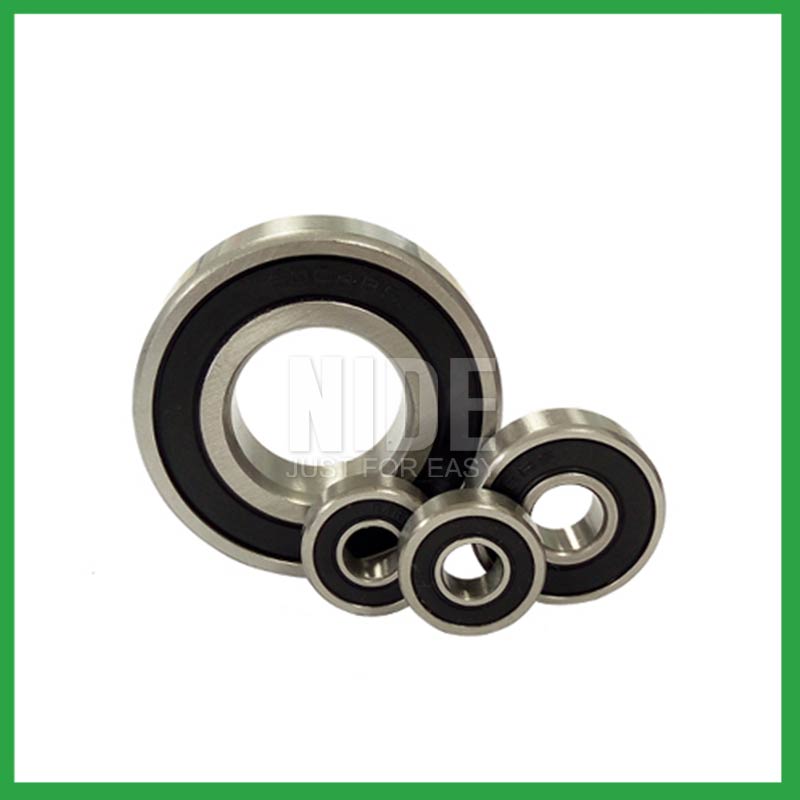
| Parameter | Information |
| Product Name | ball bearing pulleys |
| Place of Origin | Ningbo,Zhejiang,China |
| Brand Name | Nide |
| Material | ceramics, etc. |
| Type | Ball |
| Warranty | 3months-1year |
| Port | Ningbo/Shanghai |
| Application | various industrial equipment,textile machinery, etc. |
| Size(mm) | customize |
| Color | Silver gray+customized |
| Precision Rating | as per customer's requirement |
| Certification | ISO 9001 Certification,CE-insulation paper inserting machine,CE-stator coil winding inserting machine,etc |
| Feature | Simple structure,High speed...etc |
| Packaging Details | Suitable for sea transportation |
| Service | one-stop service |
| Model Number | ball bearing |
| Supply Ability | 100000-500000 Piece/Pieces per Month |
| Lead time (days) | 15-20 (To be negotiated) |
Please note: The above table data is for reference only. For specific information, please contact us.
ball bearing pulleys have the advantages of low friction coefficient,high efficiency,durability,lightweight, and high load, and are used in main motion mechanisms and components, such as automotive drive components,motors,tires, different motion mechanisms and accessories of airplanes and motorcycles.
During the installation process, pollution from dirt and wear media should be prevented;
Temperature and humidity should be controlled to avoid excessive temperatures during startup and operation;
It should be operated and lubricated in the correct reverse direction to avoid unnecessary damage.
Ball bearings have many advantages, making them highly competitive in the market.
Firstly, they are very durable and have good wear performance, making their service life longer than many other types of bearings.
Secondly, they are easy to install and can provide low friction performance in various applications.
Thirdly, they require a relatively low level of maintenance, making them cost-effective.
In addition, compared to many other types of bearings, their purchase cost is relatively low, making them an economical choice.




ball bearing pulleys---FAQs Guide
2.As a ball bearing pulleys manufacturer,What is your payment method?
3.What are the after-sales services available for ball bearing pulleys?
4.About ball bearing pulleys,Will you check the products before shipment?
5.What is the typical noise level associated with ball bearing pulleys, and how are noise-reduction techniques applied?
6.What are the common materials used in ball bearing pulleys manufacturing?
7.How do ball bearing pulleys provide smooth and controlled motion in various mechanical systems, such as conveyor belts or automobiles?
8.How do ball bearing pulleys handle radial loads, axial loads, and combined loads, and what are their load-carrying capacities?
9.What are the ball bearing pulleys product skill training options?
10.Can ball bearing pulleys handle shock loads and high-impact conditions in heavy machinery?
11.How do cage designs affect ball bearing pulleys speed and acceleration capabilities in high-speed machinery?
1.What maintenance practices are recommended to extend the lifespan of ball bearing pulleys and prevent premature failure?
Proper handling and installation of ball bearing pulleys is essential to preventing premature failure. Ensure that bearings are stored and transported in a clean, dry, and vibration-free environment. During installation, ensure that bearings are properly aligned, and torque is applied correctly.
2.As a ball bearing pulleys manufacturer,What is your payment method?
We accept T/T, PAYPAL or Western Union, credit card or via ALIBABA Assurance order.
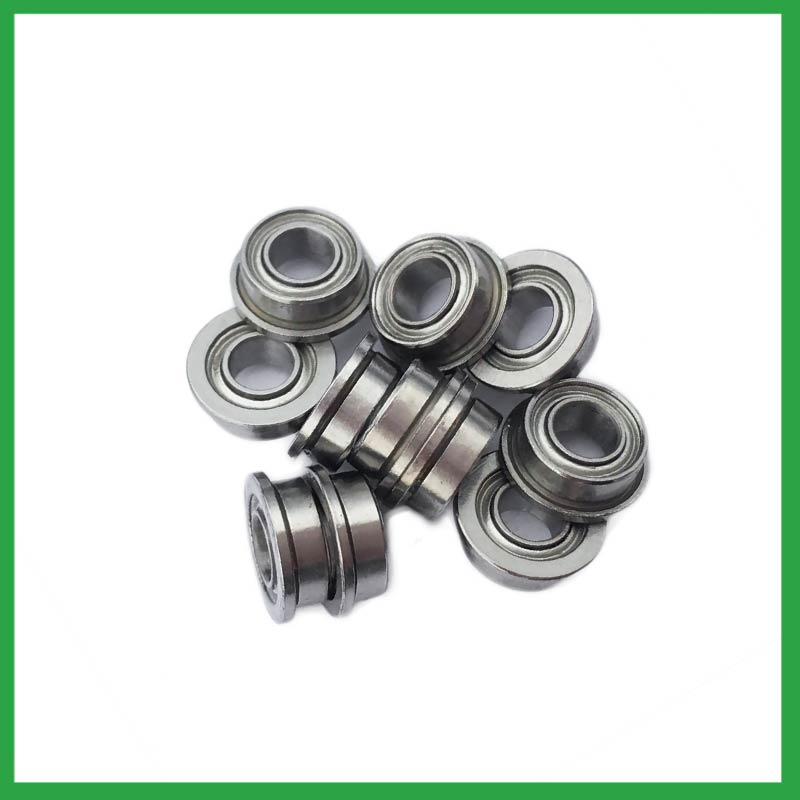
3.What are the after-sales services available for ball bearing pulleys?
If you find problems or failures in the assembly or use of the bearings , which needs to consult and other services, please feedback to Nide International in time.
4.About ball bearing pulleys,Will you check the products before shipment?
Yes, We have a professional QC team. Products will be strictly inspection before shipment.
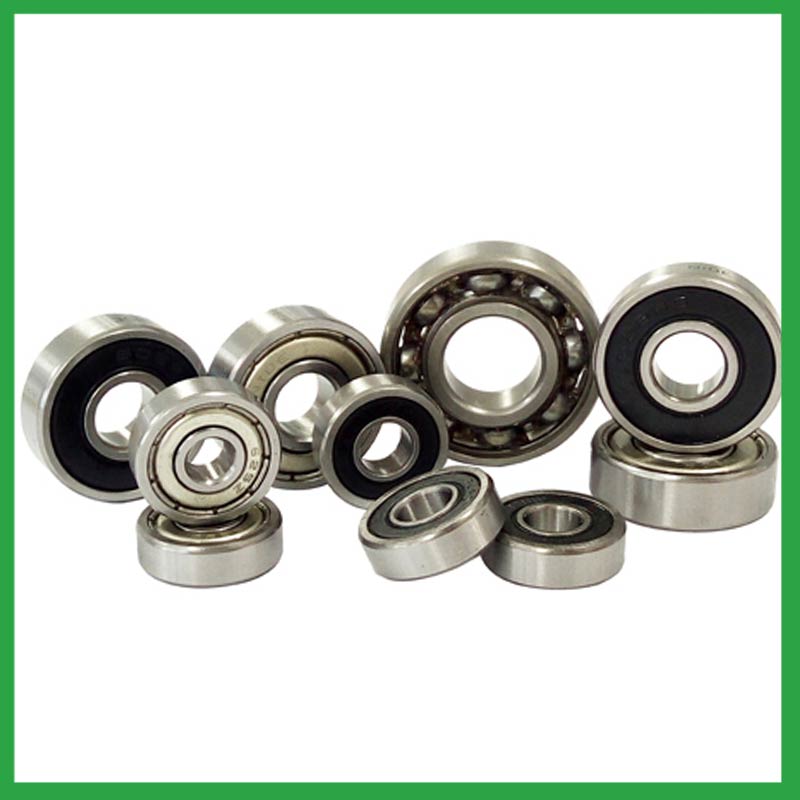
5.What is the typical noise level associated with ball bearing pulleys, and how are noise-reduction techniques applied?
To measure in accurate way the ball bearing pulleys noise under rotation during their manufacturing process is a key activity particularly in the production of medium, small and ultra-small deep groove ball bearings. This capability in bearings noise analysis has become the real distinguishing element between a standard bearings noise equipment and a superior class one.
The various types of vibration and sound in rolling bearings can be grouped in four main categories: structural, manufacturing, handling and other. The structural vibration consists mostly of race, click, squeal and cage noise: it can be continuous or intermittent depending on specific cases. The manufacturing vibration is instead related to the waviness noise generated by the geometrical imperfections of inner and outer ring and of rolling elements, being always continuous in nature. The so-called handling vibration is normally associated with flaw and contamination and is generating – in most of the cases – irregular noise. Then there are other types of vibrabition that include noise generated by sealing and lubricant (irregular) or by runout (continuous).
6.What are the common materials used in ball bearing pulleys manufacturing?
Most ball bearing pulleys are made of a type of steel known as high carbon chromium steel, often called chrome steel. This is used for reasons of cost and durability. Bearings are also made from other materials such as stainless steel, ceramics and plastic.
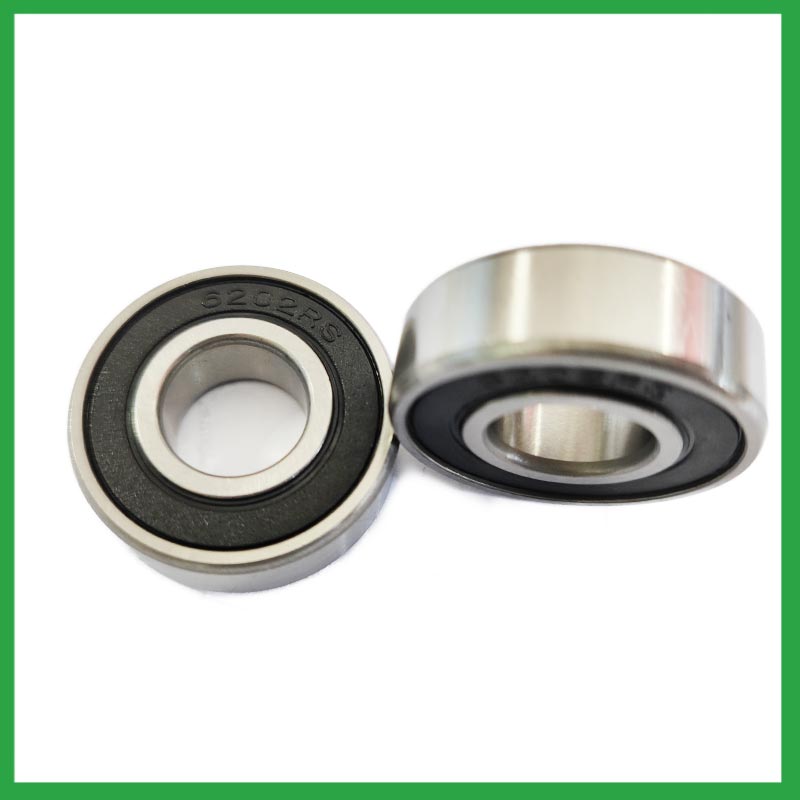
7.How do ball bearing pulleys provide smooth and controlled motion in various mechanical systems, such as conveyor belts or automobiles?
In essence, ball bearing pulleys operate on the principle that it's far more efficient to roll over surfaces than to slide, thereby significantly reducing friction and facilitating smooth movement of machinery parts.
8.How do ball bearing pulleys handle radial loads, axial loads, and combined loads, and what are their load-carrying capacities?
The type of bearing used also varies between these loads. While deep-groove ball bearing pulleys are better equipped to handle radial loads, thrust ball bearings are designed for axial loads. However, it's essential to note that most bearings, such as angular contact ball bearings, can handle both radial and axial loads.The Bearing Static Capacity, Co, is the maximum load that can safely be applied to a non-rotating bearing that will not cause subsequent bearing operation to be impaired. It is based on calculated contact stress at the center of the most heavily loaded rolling element where it contacts the Inner Race.
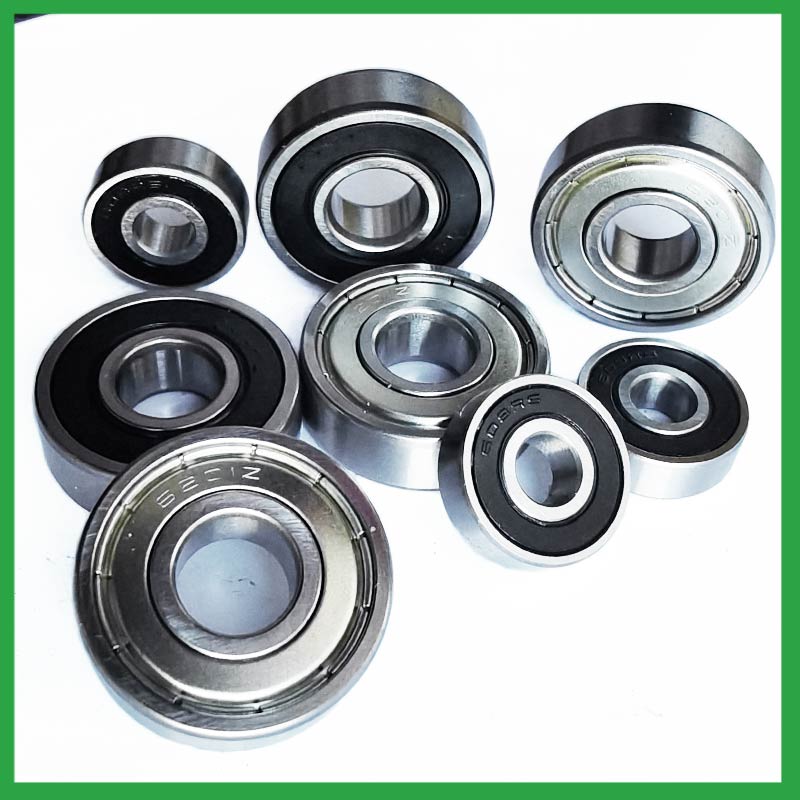
9.What are the ball bearing pulleys product skill training options?
Quality comes from being controlled rather than be done. On the basis of the escalating production equipment and optimized process, Nide spare no efforts and keeps improving for quality control. Quality assurance covered with system, technology and human resources are in full swing.
10.Can ball bearing pulleys handle shock loads and high-impact conditions in heavy machinery?
As a general rule, ball bearing pulleys are used at higher speeds and lighter loads than are roller bearings. Roller bearings perform better under shock and impact loading. Ball bearings tolerate misalignment better than roller bearings do. Roller bearings can handle heavy combined radial and thrust loads.
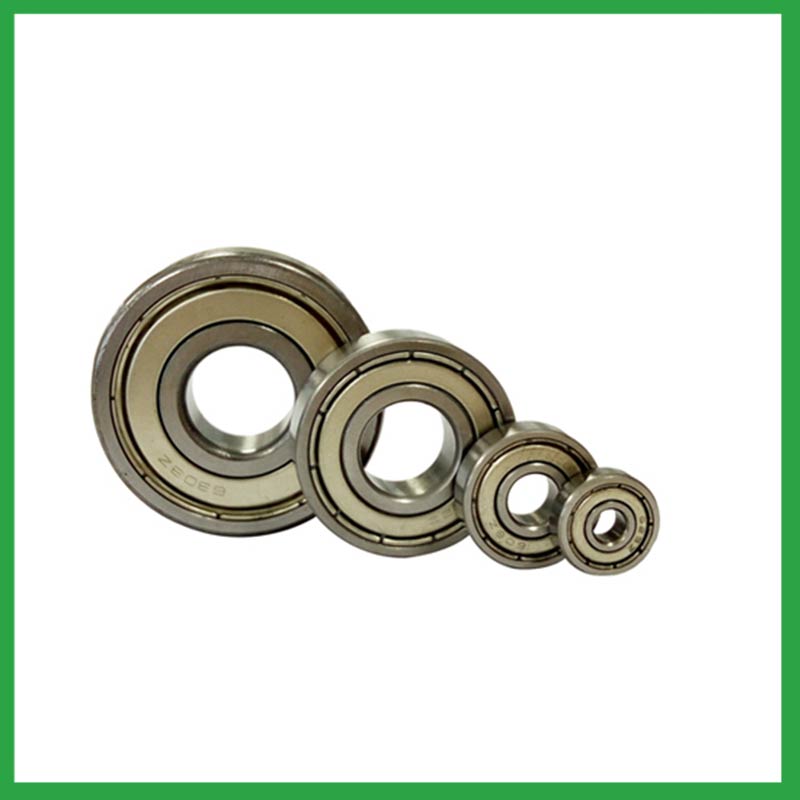
11.How do cage designs affect ball bearing pulleys speed and acceleration capabilities in high-speed machinery?
In high-speed ball bearing pulleys, external load has a great effect on cage stability and sliding ratio, especially for the bearings at work in the starting process. The cage stability is worse in the beginning of the bearing starting process. The axial load greatly influences cage dynamic performance in the bearing starting process.
In addition, while ball bearings worked under steady conditions, axial load and radial load both have a great influence on cage dynamic performance. The effects of axial load on cage dynamic performance during the bearing starting process are opposite from the effects under steady conditions.

